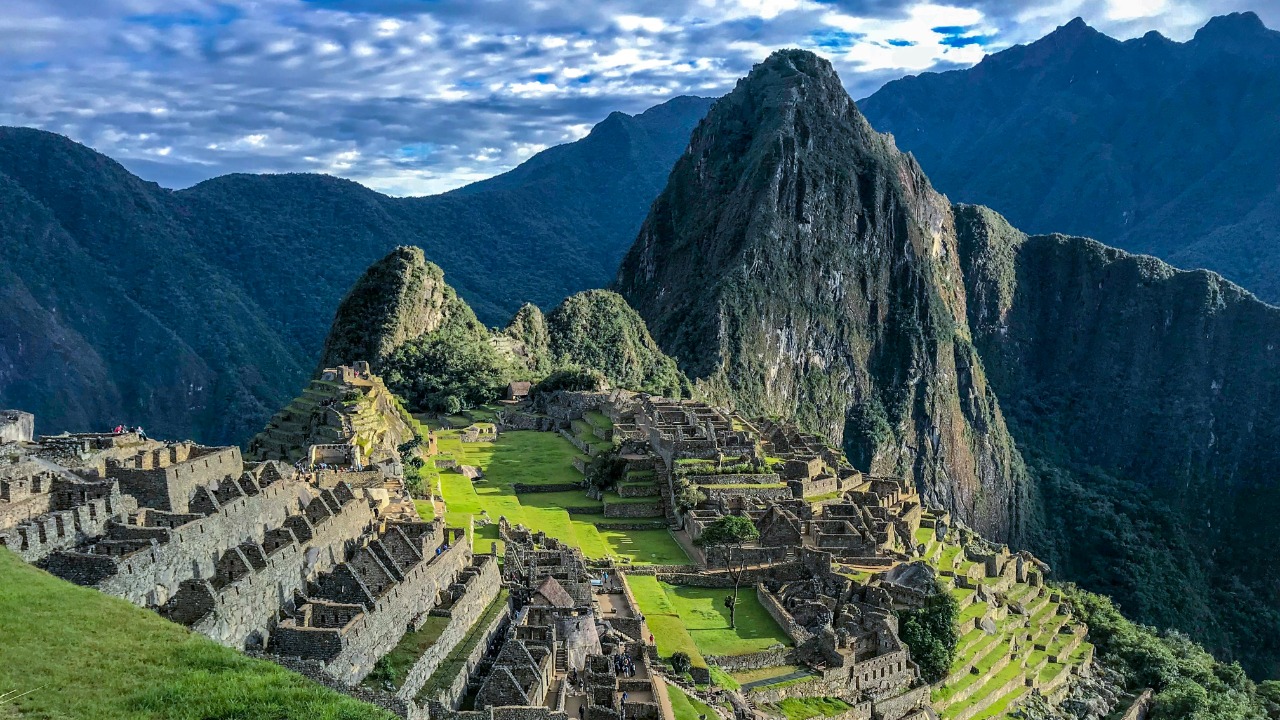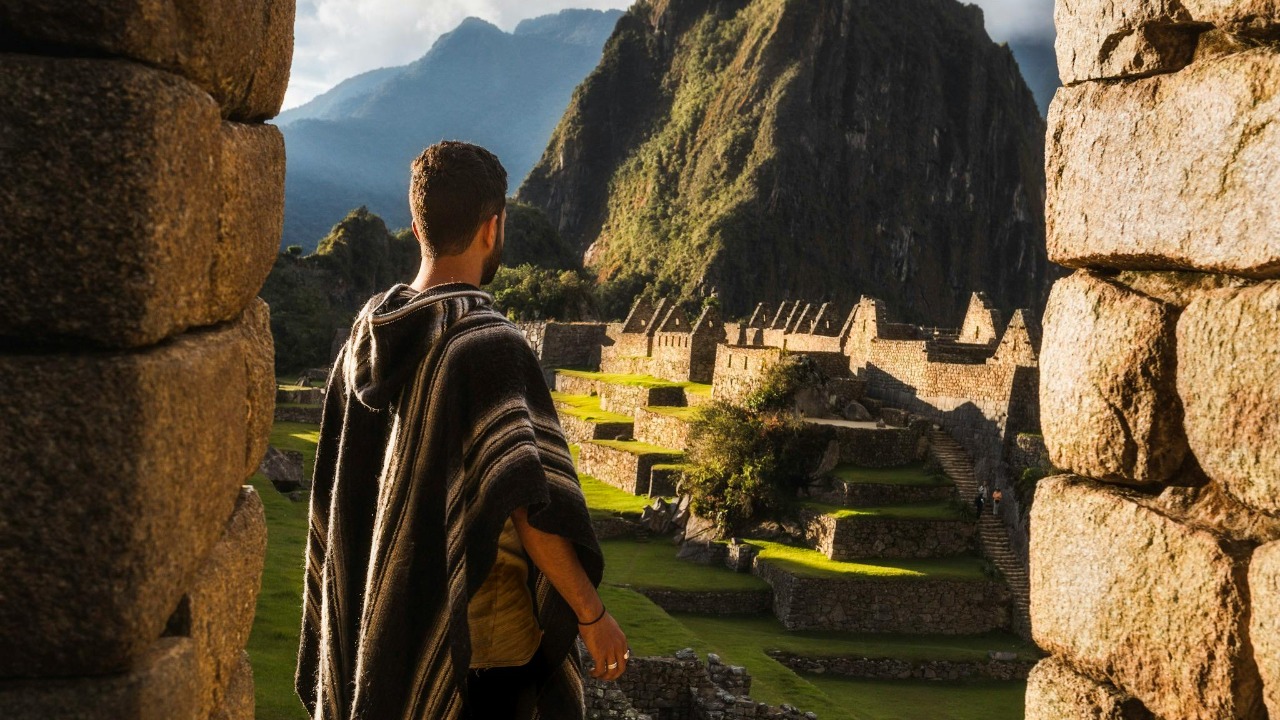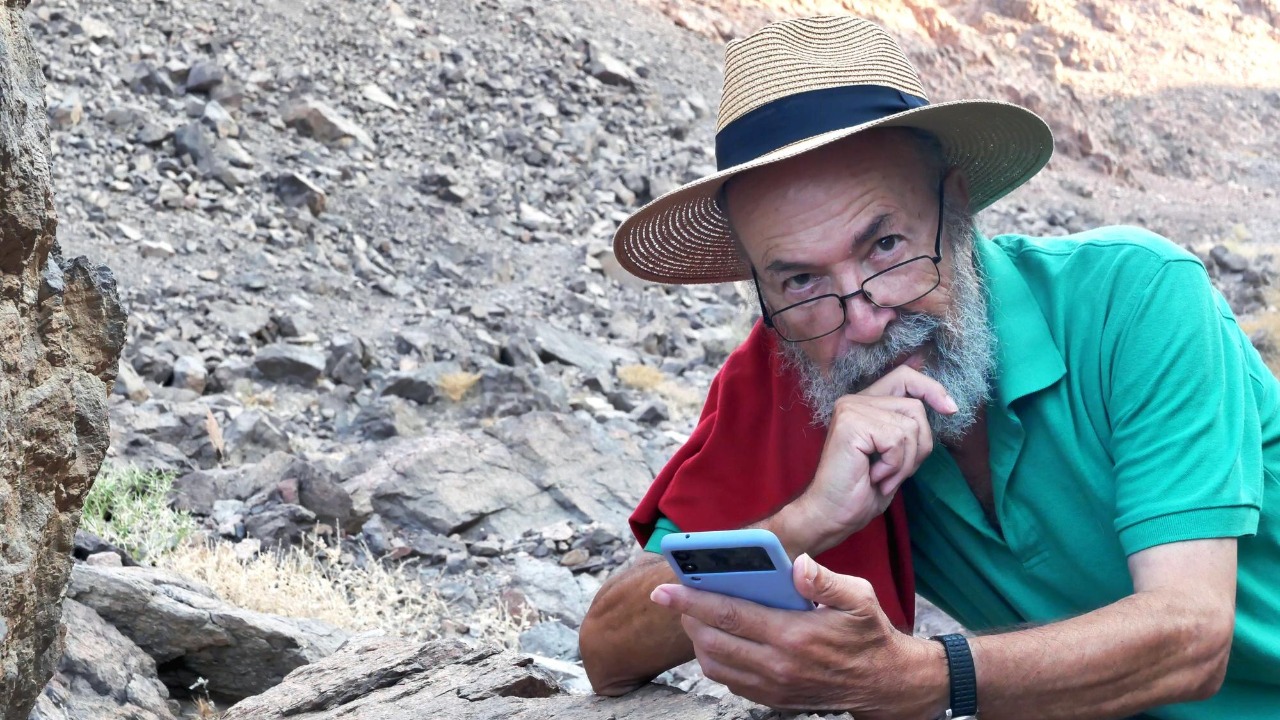
Nestled within the lush expanses of the Amazon rainforest lies Cerro El Cono, a pyramid-shaped mountain in Peru that has baffled scientists and researchers alike. Rising approximately 1,300 feet above the surrounding terrain, this enigmatic structure provokes questions about whether it is a natural formation or an ancient man-made pyramid. As experts delve deeper into its mysteries, the allure of Cerro El Cono continues to captivate the scientific community and adventurers worldwide.
The Mysterious Shape

The striking symmetry of Cerro El Cono has led many to speculate about its origins, with theories ranging from geological processes to human intervention. Its sharp edges and uniform slopes appear almost too precise to be a mere coincidence of nature. This has prompted some researchers to consider the possibility that it might be a remnant of an ancient civilization. Others, however, argue that natural forces could indeed sculpt such a form over millennia.
Scientists are employing advanced imaging technology to analyze the mountain’s structure, hoping to uncover clues about its formation. Techniques such as 3D laser scanning and photogrammetry allow researchers to create detailed models of the mountain, providing insights into its shape and composition. These methods are crucial for distinguishing between natural geomorphological processes and potential human craftsmanship.
Comparisons with other pyramid-shaped structures around the world provide insights into the uniqueness and potential significance of Cerro El Cono. For instance, the great pyramids of Egypt and the pyramidal mounds in Central America offer parallels that invite further investigation. By studying these structures, scientists aim to determine whether Cerro El Cono stands as an isolated phenomenon or part of a broader pattern of pyramid-like formations globally.
Historical Significance and Cultural Implications

Local legends and folklore often point to the mountain’s mystical significance, suggesting it may have been an important site for ancient civilizations. Indigenous communities in the region have long regarded Cerro El Cono as a sacred space, weaving narratives that speak of gods and spirits residing within its slopes. These stories, passed down through generations, add a rich tapestry of cultural meaning to the mountain.
Archaeologists are exploring the potential connections between Cerro El Cono and nearby historical sites, looking for artifacts and evidence of human activity. Excavations in the surrounding areas have unearthed pottery shards and stone tools, hinting at the presence of ancient settlements. The proximity of these sites to Cerro El Cono raises intriguing questions about the mountain’s role in the lives of past inhabitants.
The mountain’s location within the Sierra del Divisor National Park adds layers of cultural and environmental protection that influence ongoing research efforts. The park’s designation as a protected area ensures that any exploration conducted in the region must adhere to strict conservation guidelines, balancing the pursuit of knowledge with the preservation of natural and cultural heritage.
Geological Analysis and Theories

Geologists are examining the mineral composition and erosion patterns of the mountain to determine if natural processes could have created its pyramid-like appearance. By analyzing rock samples and studying the mountain’s strata, scientists can piece together a timeline of its geological history. This data is essential for understanding whether Cerro El Cono’s shape is the result of tectonic forces, volcanic activity, or other natural phenomena.
Theories about tectonic activity and volcanic history in the region offer potential explanations for the mountain’s unique shape. The Andes, a tectonically active mountain range, has shaped much of Peru’s landscape. Some experts suggest that Cerro El Cono might have formed through a combination of volcanic eruptions and subsequent erosion, gradually molding it into its current form.
Some experts propose that Cerro El Cono could be a rare example of a naturally occurring pyramid, formed through a combination of geological factors. This notion challenges the assumption that all pyramid-shaped structures are the products of human endeavor. If true, Cerro El Cono would stand as a testament to the Earth’s ability to create geometric wonders, blurring the line between nature and culture.
Technological Advancements in Exploration

The use of drones and satellite imagery is revolutionizing the way scientists study Cerro El Cono, providing detailed aerial views that were previously inaccessible. These technologies allow researchers to map the mountain’s features with unprecedented precision, revealing subtle contours and patterns that might otherwise go unnoticed. The bird’s-eye perspective offered by drones also aids in planning ground-based expeditions, ensuring that teams can navigate the challenging terrain safely and effectively.
Ground-penetrating radar and other remote sensing technologies are being deployed to explore the mountain’s subsurface features. By sending electromagnetic waves into the ground, these tools can detect hidden structures and anomalies beneath the surface. This capability is invaluable for archaeologists seeking to uncover artifacts without disturbing the site, as well as for geologists investigating the mountain’s internal composition.
These technological tools are not only enhancing our understanding of Cerro El Cono but also improving methods for investigating other remote and challenging locations. The insights gained from studying this enigmatic mountain could inform research in similar environments worldwide, inspiring new approaches to exploring Earth’s most mysterious landscapes.
The Future of Cerro El Cono Research

Ongoing expeditions are planned to gather more data and refine existing theories about the mountain’s origins and significance. As technology continues to advance, researchers anticipate uncovering new evidence that could reshape our understanding of Cerro El Cono and its place in history. These efforts reflect a broader commitment to unraveling the mysteries of the past while embracing the challenges of the present.
Collaboration between international researchers and local experts is crucial for ensuring sustainable exploration and conservation of the site. By working together, these diverse teams can share knowledge and resources, fostering a holistic approach to studying Cerro El Cono. This partnership is vital for balancing the competing demands of scientific inquiry and environmental stewardship.
As new discoveries emerge, Cerro El Cono continues to inspire curiosity and debate, promising to be a focal point of scientific inquiry for years to come. The mountain’s enigmatic nature captivates both seasoned researchers and amateur enthusiasts, drawing them into a world of mystery and wonder. Whether it ultimately proves to be a natural marvel or an ancient construction, Cerro El Cono stands as a reminder of the enduring allure of the unknown.